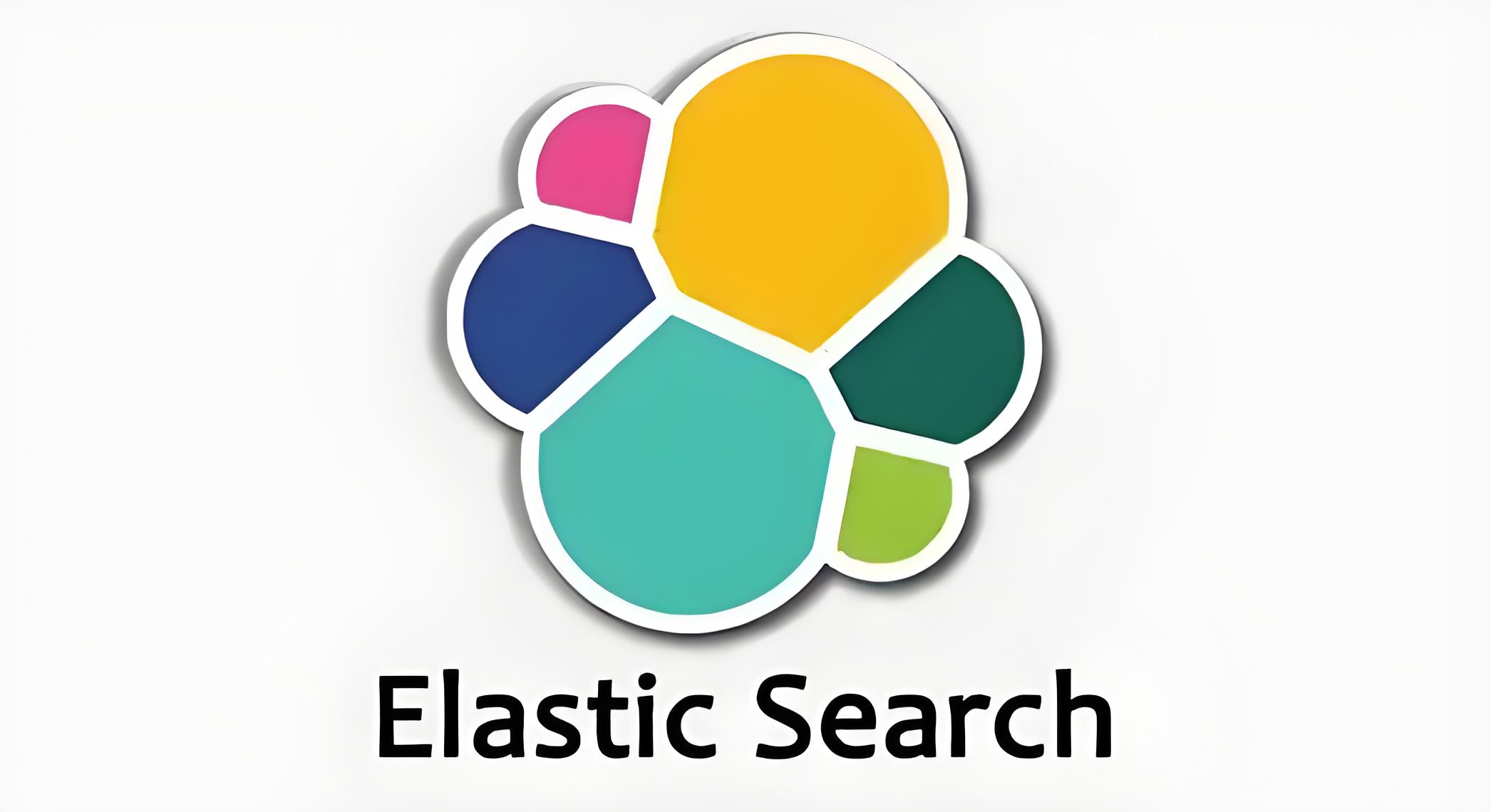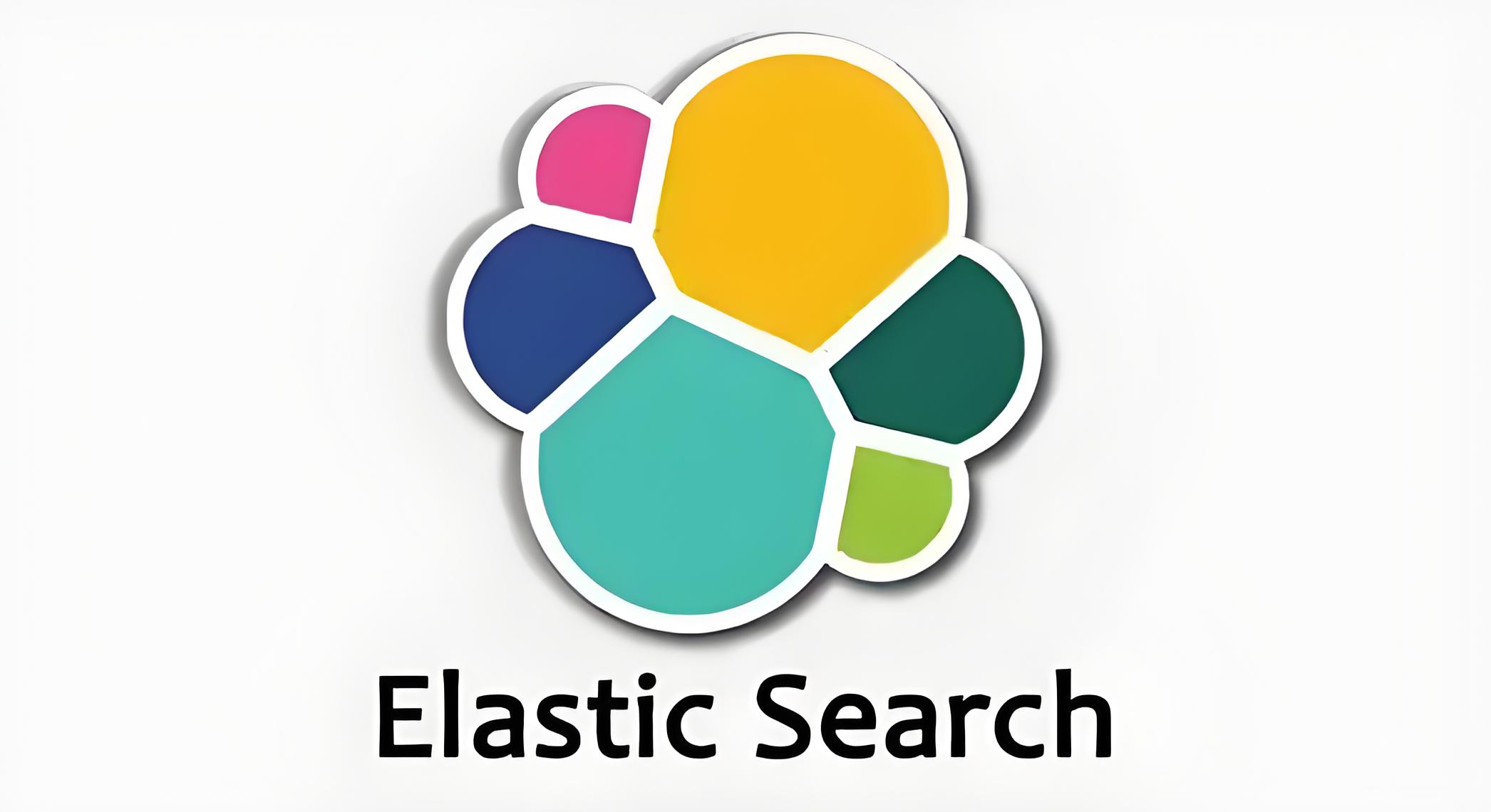使用 PHP 构建高效的数据结构库
使用 php 构建数据结构库包括:1. 数组(线性数据结构,以键值对形式存储数据);2. 链表(非线性数据结构,元素包含数据和指向下一个元素的指针);3. 栈(后进先出数据结构);4. 队列(先进先出数据结构),可用于高效存储和操作数据(如购物网站的订单列表)。

使用 PHP 构建高效的数据结构库
数据结构在编程中至关重要,它们允许我们存储和组织数据,以便高效地访问和操作。使用 PHP,我们可以构建自己的数据结构库,以满足我们应用程序的特定需求。
数组
数组是 PHP 中最基本的线性数据结构。它们允许我们以键值对的形式存储数据。我们可以使用以下语法来创建数组:
$colors = [
'red' => '#ff0000',
'green' => '#00ff00',
'blue' => '#0000ff'
];链表
链表是非线性的数据结构,其中每个元素都包含数据和指向下一个元素的指针。它非常适合存储有序数据。我们可以使用以下类来实现链表:
class Node {
public $data;
public $next;
public function __construct($data) {
$this->data = $data;
$this->next = null;
}
}
class LinkedList {
private $head;
public function add($data) {
$node = new Node($data);
if ($this->head === null) {
$this->head = $node;
} else {
$current = $this->head;
while ($current->next !== null) {
$current = $current->next;
}
$current->next = $node;
}
}
}栈
栈是一个后进先出的(LIFO)数据结构。我们可以使用数组来实现它:
class Stack {
private $stack = [];
public function push($item) {
$this->stack[] = $item;
}
public function pop() {
return array_pop($this->stack);
}
}队列
队列是一个先进先出的(FIFO)数据结构。我们可以使用链表来实现它:
class Queue {
private $head = null;
private $tail = null;
public function enqueue($item) {
$node = new Node($item);
if ($this->tail === null) {
$this->head = $this->tail = $node;
} else {
$this->tail->next = $node;
$this->tail = $node;
}
}
public function dequeue() {
if ($this->head === null) {
return null;
}
$item = $this->head->data;
$this->head = $this->head->next;
if ($this->head === null) {
$this->tail = null;
}
return $item;
}
}实战案例
假设我们有一个购物网站,需要存储用户的订单。我们可以使用链表来实现一个订单列表,其中每个订单作为一个节点,存储订单号、产品列表和总价。这将使我们能够高效地访问和操作订单,因为我们可以通过遍历链表快速地找到和更新特定的订单。
PHP免费学习笔记(深入):立即学习
踏上前端学习之旅,开启通往精通之路!从前端基础到项目实战,循序渐进,一步一个脚印,迈向巅峰!
1、部分文章来源于网络,仅作为参考。 2、如果网站中图片和文字侵犯了您的版权,请联系1943759704@qq.com处理!



